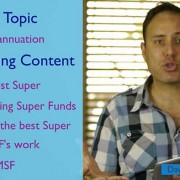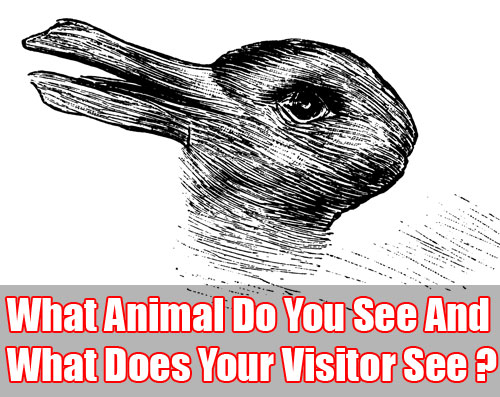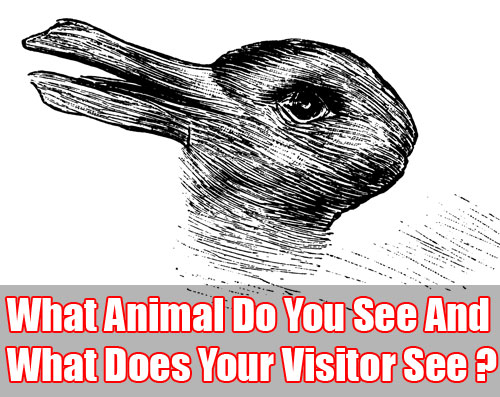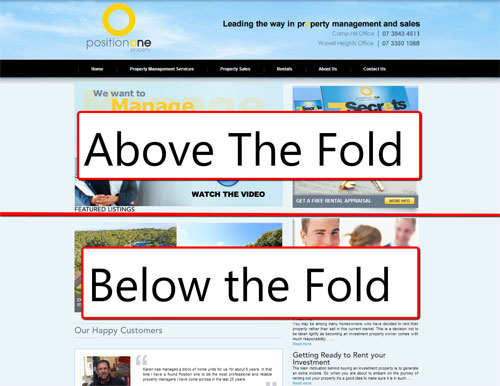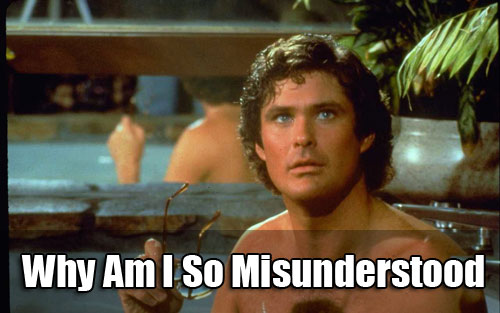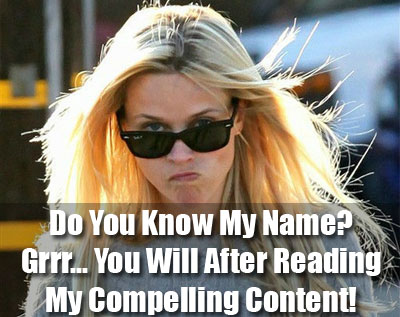Content is King!!!
This is a common term that is thrown around in the world of SEO.
It does lack one small element… Quality!
Although Google have always encouraged quality from the very beginning, due to Google’s more recent Algorithm updates (over the last 12 months) this focus is coming into the foreground as SEO’ers, and content creators alike are feeling the squeeze.
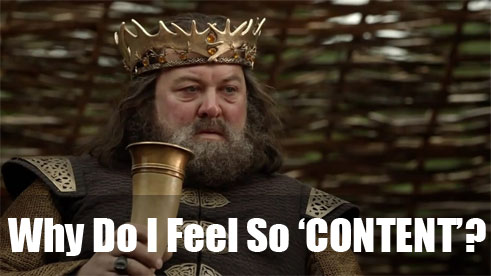
Basically; when it comes to content creation, there a few different mythologies that used to work in the past which are being fazed out with the intention of supplying the end user with the most relevant piece of information as quickly as possible.
What is this older school technique called? Keyword Stuffing
Let’s be honest… Keyword stuffing did work in the past. The issue though is when the end user was searching for content they were getting low quality information filled with keyword stuffed content. Google understood if they were to stay on top they would need to continue to develop their algorithm. Because of this, Google have invested a lot of time (and continue to) enhancing their algorithm to weed out the bad content from the good content.
What is Keyword Stuffing?
Keyword stuffing can be defined using several different methods. My take on it would be to say:
‘The excessive use of keywords and fluff in content designed to influence the search engines, rather than to provide compelling, interesting content that end users would like to read and share.’
Like any heavily saturated industry, there are a number of SEO’s who are not updated with the times and believe that a certain percentage of the content should be keyword stuffed.
The main problem with keyword stuffed content is in the creation. It is usually fluff with little or no meaning, where an end user would not a gain any real value.
Though the overall theme should flow through your content (in synonyms, etc.) content should be created with the main focus of your end user wanting to read and share it!
Want to see this in action? Take a look at any popular news site and you’ll see they create content for their visitors to share and discuss.
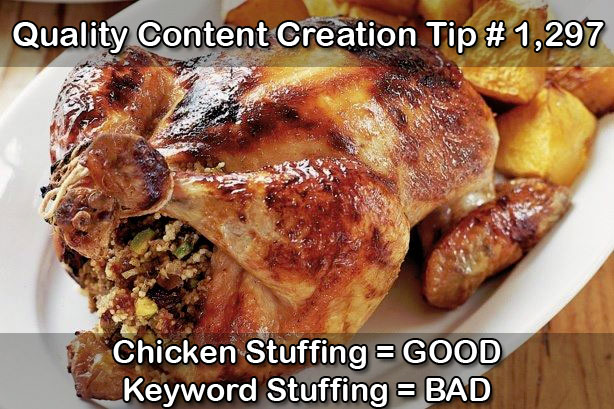
What are the Key Elements of Quality Content?
While quality content is important, it’s also important to understand the purpose and the use of that content.
A couple of important pointers:
– Make sure your content is ‘More Than’ a couple of words strung together and includes other elements to make it ENGAGING
– Create content your visitors would like to know about (you can understand this by looking at Google Analytics data)
– Create NEW content that is relevant to your end user
– Constantly keep your finger on the pulse, searching for new topics
– Use engagement to spread the word
– Create content with consistency
Let’s look at each of these in more detail:
Defining Content
Before generating content, it is best to know first what constitutes “content.” Content is not limited to written text as many people would think. Content can also be videos, images and sounds.
When delivering a message to your readers and target customers, it will be more interesting if you could include videos from your YouTube channel or share beautiful images of products you distribute.
Visuals can make a big difference. They can bring substantial traffic to your site. A lot of people look for videos and images online. In some cases videos and images are the first thing they want to see. Take for example, how-to’s and instruction content. Many people will prefer seeing a demo video to understand the instructions better.
Define Your Niche
Think of ways to distinguish yourself from the competition. Find a niche so that people will look for you when they think of that niche.
If you are an online store for dresses, for example, you may have to say you’re featuring a certain set of designers. What about if you are offering repair and maintenance services? You can focus on the repair of a certain type of vehicle, like Saab.
Highlight what makes your business different in the content that you are producing so people will know the benefits of your products and services.

Contribute Something New
To be noticed on the big maze of the internet, you should stand out.
Bring something new to your audience and offer your opinion on that new piece of news. It could be a piece of existing information available on the web, but make sure you expand on that information with more detail.
If you sell smart phones and there’s a new model on the market then review it. Share the specs, but also let them know what you do and don’t like about it. You can even have that video transcribed and added to your site for people to read.
Delivering original content with your ‘take’ on that subject will help build your online reputation and increase your chance of getting referral links from other sites.
Finding Topics – Keeping Your Finger on the Pulse
Research what people are asking. If you’re only starting to develop content for your business website or blog, then you shouldn’t be having problems thinking up topics.
If you start to find it hard to come up with topics, check out other sources. A few that comes to mind are-
– Google News – Where you can see the latest trending news for your industry
– Search for people in your industry and follow them. You can do this with Google Reader (or other services like Feedly as Reader is going to be discontinued in July 2013)
– Google Trends – Google share trending subjects within a specific niche
– Surveys – Where you ask your existing clients their biggest ‘Problem’ within your industry
Discussing what’s actually going on in the industry through the data you gathered will show your customers and prospects that you are a market leader in your industry.
Understand What Really Drives Traffic
So you’ve written a really good quality post, but what’s driving people to your site? Work on gaining solid followers to build your reputation online using social media. Along with components of existing SEO techniques, the use of social media will assist with ‘User Engagement’.
If you stick to creating really good quality content for users, eventually your site will gain traction. Don’t depend on short-term successes. With certain techniques, you may get yourself at the top of search results, but if the content is lacking in quality, then it will lack CONVERSIONS.
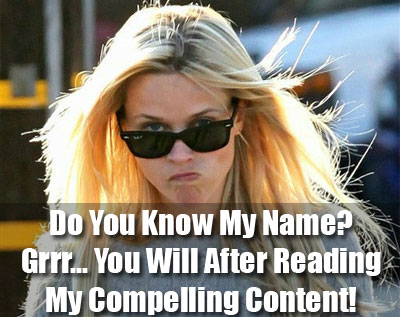
Just Do It
There are many reasons that turn up when you focus on consistent quality content. It could be procrastination, you’re too busy, you don’t think your opinion matters, or a number of other reasons.
In reality, whatever you have to say counts but like any skill, it does take practice. The more you practice the more you improve and the more people will get to know you.
As my grade 3 piano teacher taught me: ‘the key to learning piano begins with the 3p’s. Practice, Practice, Practice’.
By investing the time, creating with consistency and ‘Just Doing It’ you’ll be on the path to creating quality content opposed to keyword stuffed fluff content. This will encourage your reader to share your content (which will increase distribution) and will position you as a leader in your industry.


